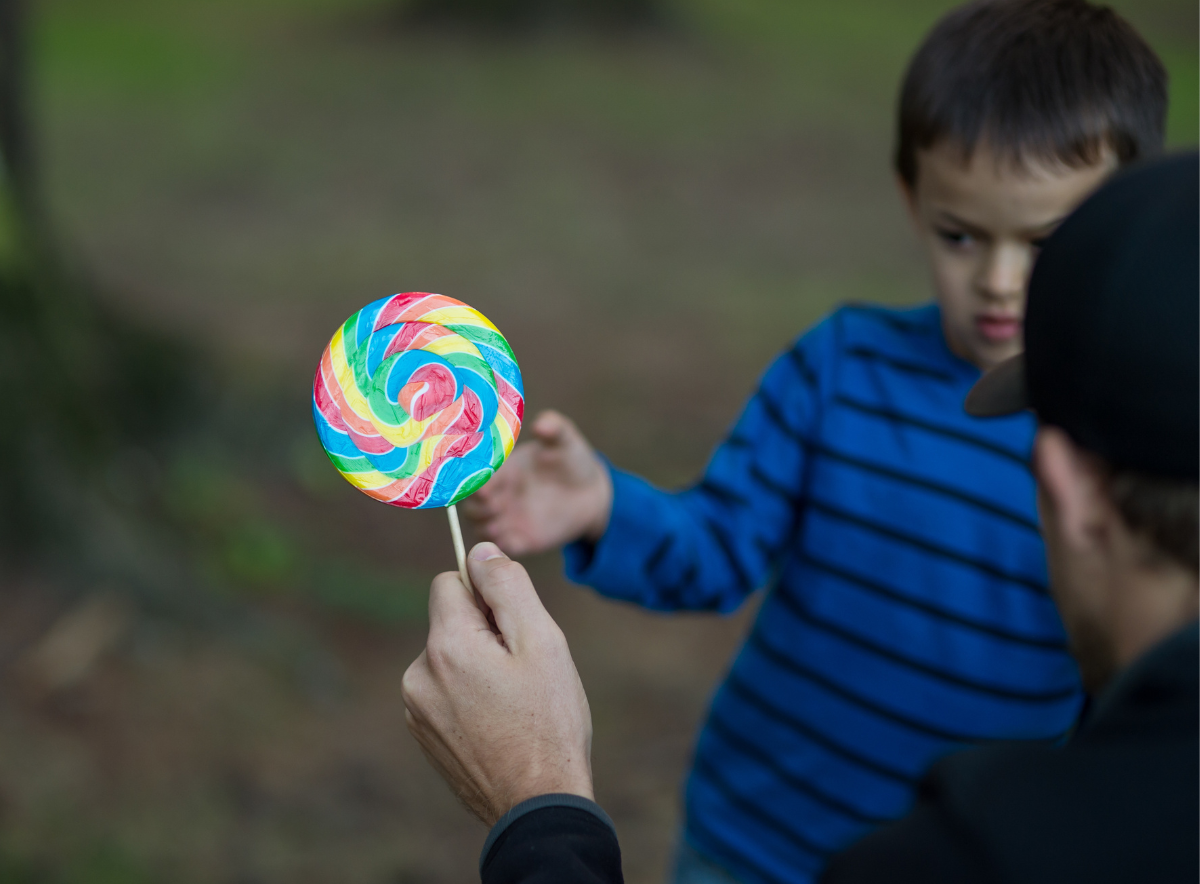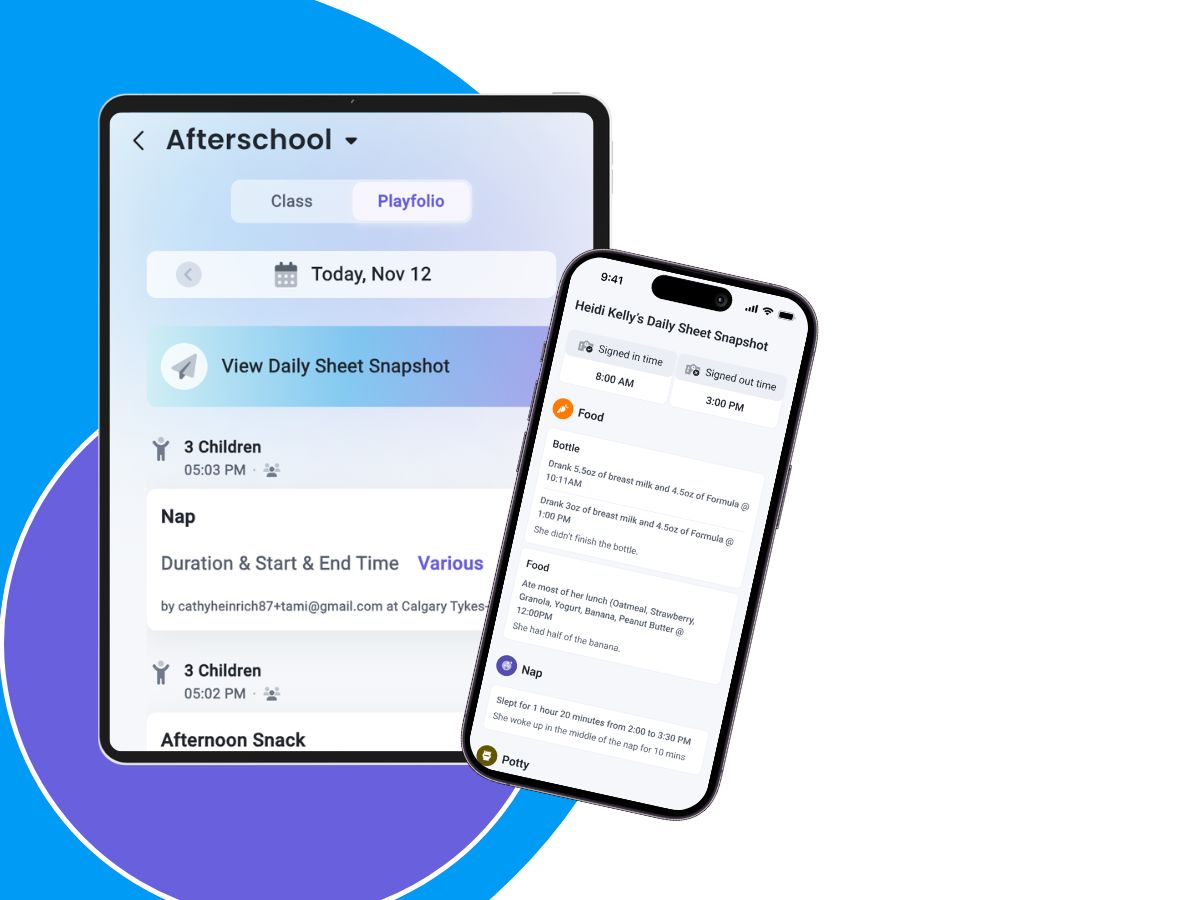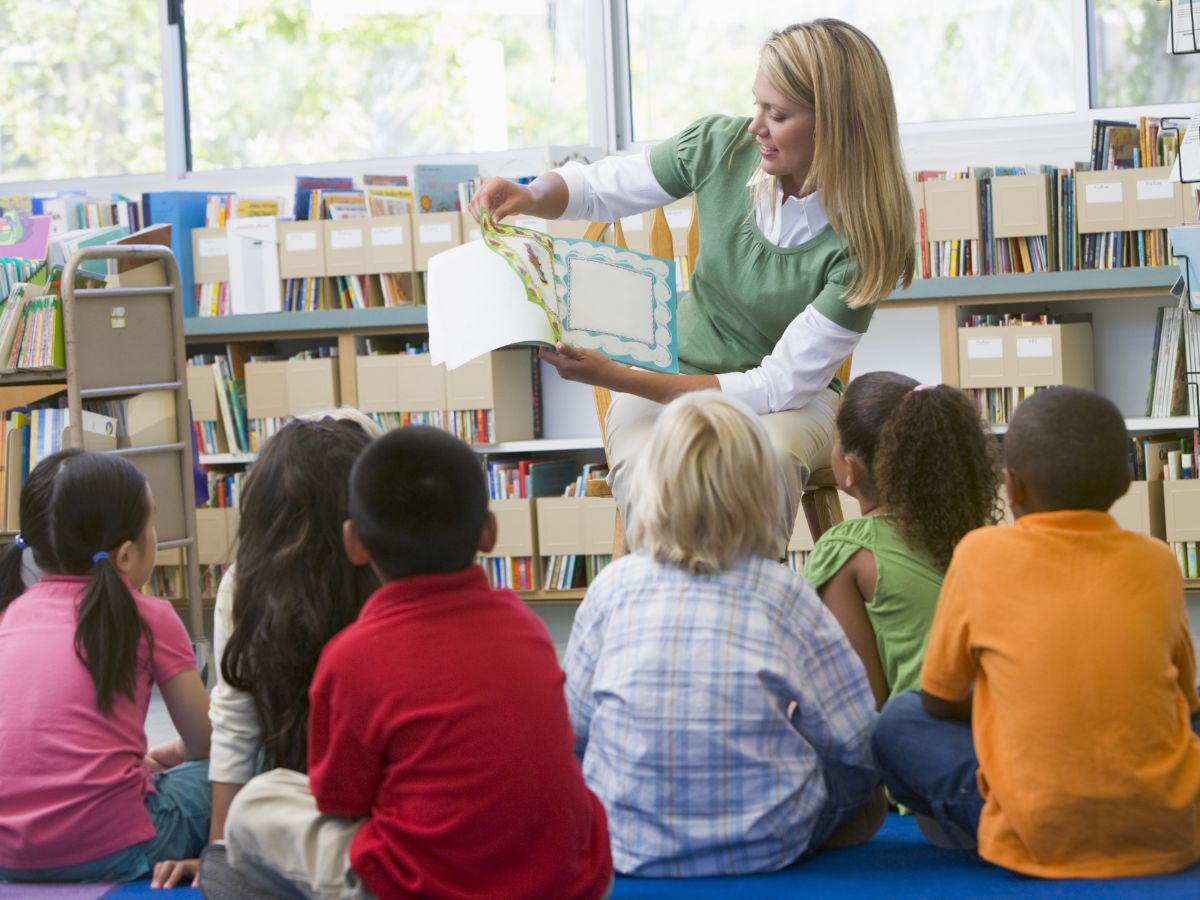When it comes to educating children about strangers, you have to walk a fine line. You want them to have enough information to understand the dangers and how to protect themselves but you don’t want to scare them into fearing every new person they meet.
Everyone they haven’t met is a stranger so perhaps the difference that they need to learn is when they should alter their behavior into protect mode.
When they are with mom and dad, it’s perfectly fine (in fact, they are expected) to use their best manners to greet people they don’t know.
As they grow up and begin to be separated from mom and dad for time periods (perhaps around the 4-year-old mark) it’s important that children know their home address and phone number. In fact, they should have parents’ work and cell numbers so they can reach them at all times. They also need to know how to ask another adult to help them call their mommy in the event that an emergency arise – or they get separated from parents while out and about in a crowded environment or unfamiliar place.
What types of adults should they ask? This is important information for the 4-year-old to know.
Identifying a good stranger and a bad stranger can be confusing, especially if they are in an emergency situation, lost or in danger. But being able to distinguish between who is more likely to be a safe choice to ask for help is critical to their ability to actually seek help when needed. Help children with this by pointing good strangers out when you’re in one of those crowded or unfamiliar environments. Test them by asking them to show you some good strangers.
Here are 4 good safety tips that 4-year-olds can remember:
Spot another small child. The 4-year-old is going to be able to do this much more easily and quickly than choosing between adults in that crowded or unfamiliar environment. That small child will most likely be with a parent or caregiver who can be helpful with a request for help.
Rehearse the request. Practice with the 4-year-old the request that he needs to make so that it comes more naturally. Having to figure out that he needs to say “help me find my mom” isn’t the easiest thing for a child of this age to do when upset or confused.
Establish meeting places. Wherever you go with young children, establish a meeting place where you’ll meet if you get separated. Take the child to that spot to reinforce the spot as your meeting place.
Ask for help. This is where the phrase they’ve rehearsed comes in. When they reach the established meeting place, they should look for a police officer, security person or another parent or teacher to use their rehearsed phrase to ask for help.
Establish safety rules with children.
- Ask permission of your parent or caregiver before going anywhere. This nips any exceptions in the bud and doesn’t impose a fright factor like warnings sometime do. (i.e., “don’t get into a car or accept anything from strangers”)
- Wandering children may need even stricter guidelines, such as holding hands with an adult or staying with a buddy (who isn’t a wanderer.)
- Make sure that children know how to express it when someone makes them uncomfortable. They should know that this is OK. It may be that they simply take longer to warm up to people or there could actually be a reason for their discomfort. Either way, knowing that expressing this is OK may make them feel better about the situation.
Share your guidelines. It’s important for all who may be responsible for children know the guidelines that have been established with them. That’s the only way they can help maintain their safety at all times.
How can adults help protect children?
There are some behaviors that should alert others to dangerous situations and/or adults who may not have good intentions.
Adult behavior is suspicious if children are asked to:
- Disobey their parents.
- Do something without permission.
- Keep a secret.
- Help the person asking. (An adult should never be asking a child they don’t know for help.)
Or if whatever the adult does makes the child feel uncomfortable in any way.
What should a child be instructed to do if they recognize one of these situations?
The National Crime Prevention Council (NCPC) suggests 4 simple words that will help the child act safely: “No, Go, Yell, Tell.”
- Refuse any stranger’s request.
- Run away immediately.
- Yell as loudly as they can.
- Tell an adult they trust what happened right away.
Children should know that they should never feel bad about saying no to an adult who is a stranger – regardless of where they are.
Practicing scenarios can help to cement these concepts into a young child’s head.
Here are a few from the NCPC:
- A nice-looking stranger approaches your child in the park and asks for help finding the stranger’s lost dog.
- A woman who lives in your neighborhood but that the child has never spoken to invites your child into her house for a snack.
- A stranger asks if your child wants a ride home from school.
- Your child thinks he or she is being followed.
- An adult your child knows says or does something that makes him or her feel bad or uncomfortable.
- While your child is walking home from a friend’s house, a car pulls over and a stranger asks for directions.
These adult actions will also help children avoid dangerous situations:
- Know where the children under your care are at all times. Make it a rule that all children must ask permission or check in with you or another teacher before going anywhere.
- Point out safe places. Show children safe places to play, safe roads and paths to take, and safe places to go if there’s trouble.
- Teach children to trust their instincts. Explain that if they ever feel scared or uncomfortable, they should get away from whoever is making them uncomfortable as fast as they can and tell an adult – even if they know the person who is making them uncomfortable. Reassure children that you will help them when they need it.
- Teach children to be assertive. Make sure they know that it’s okay to say no to an adult and to run away from adults in dangerous situations.
- Encourage your children to play with others. There’s safety in numbers. Predators tend to approach children who are alone or playing away from the group.
Share safety advice from McGruff, the NCPC’s crime dog, with your center’s parents and kids.















